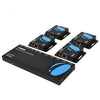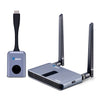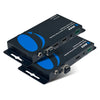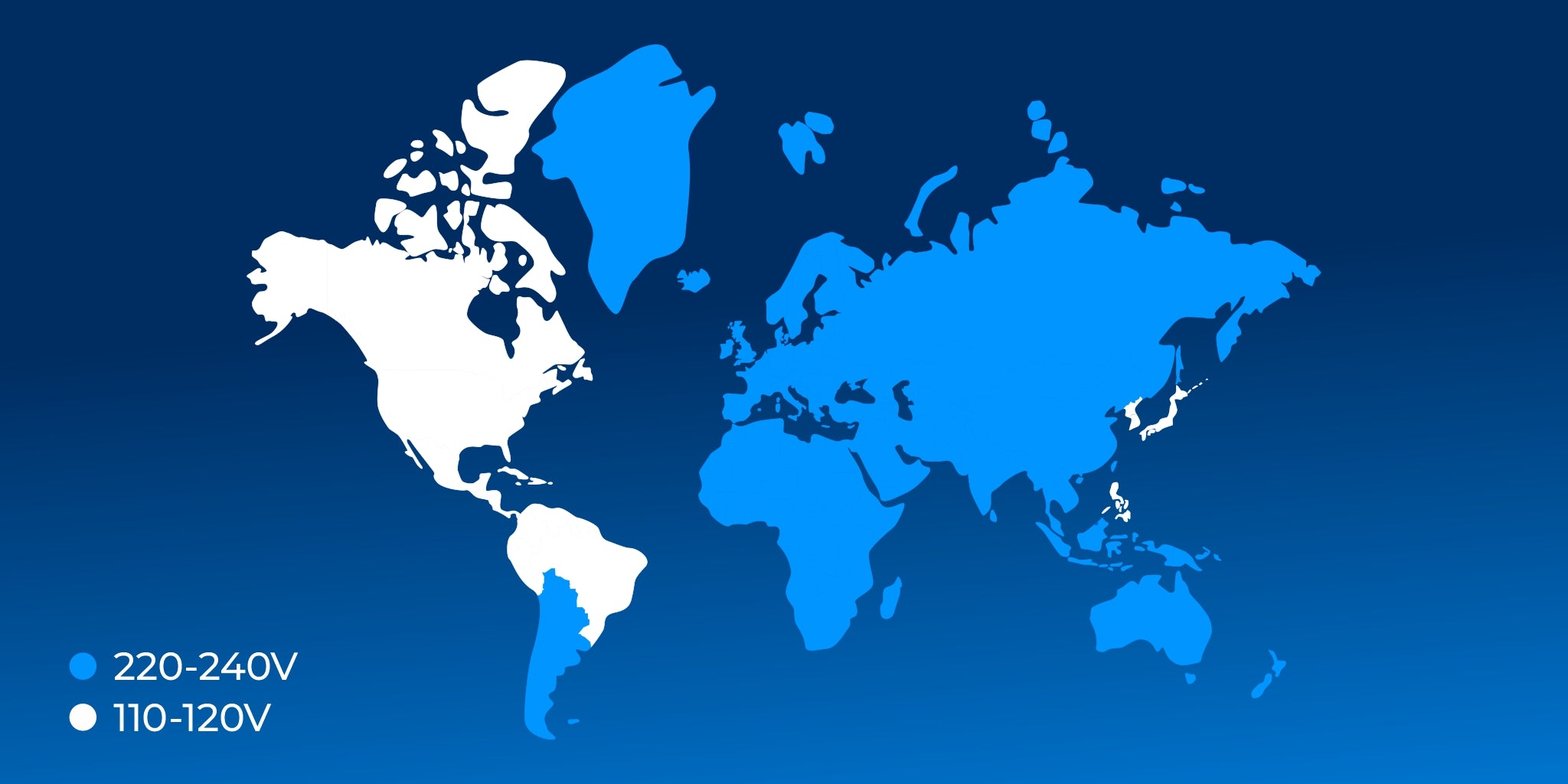Voltage Converter Guide for World Travel
Plugging your devices into the wrong outlet does more than just blowing a fuse. It can permanently damage your gear. Voltage varies across the world, and understanding those differences is essential before you travel. This guide breaks down what voltage means, how to check your devices, and when to use a converter, helping you charge safely wherever you go.
Why Voltage Matters When Traveling?
Voltage is the measure of electrical pressure that powers your devices. Some gadgets are designed for a single voltage, while others can handle a range. Using the wrong one can lead to overheating or even electrical failure. Knowing your device’s limits is the simplest way to avoid those unpleasant surprises.
Voltage Standards Around the World
Countries follow one of two main voltage systems. North and Central America, along with Japan, use 110V–120V electricity. Most of Europe, Asia, Africa, and Australia operate on 220V–240V. These differences are why travelers often need converters or adapters when moving between regions.
How to Check Your Device Voltage?
Look for a label or fine print on your charger or device. It usually lists something like “Input: 100–240V.” That means the device is dual voltage and can safely handle both systems. A label that only lists one range, such as “120V,” means the device is single voltage and you’ll need a converter when visiting higher-voltage countries. Common examples: most phone chargers and laptops are dual voltage, while hair dryers and curling irons often are not.
Plug Adapters vs. Voltage Converters
A plug adapter simply changes the shape of your plug so it fits the outlet. A voltage converter changes the power that comes through it. In other words, use an adapter if your device supports the local or dual voltage, and a converter when it does not.
Types of Voltage Converters
Step-down converters lower 220V to 110V for travelers from the US heading abroad.
Step-up converters raise 110V to 220V for those coming from Europe or Asia to North America.
Universal converters do both, ideal for those who move frequently between regions.
Each has its purpose, so matching the right converter to your destination saves both time and money.
Choosing the Right Converter
Keep three things in mind: your device’s wattage, the kind of electronics you’ll use, and the safety features included. High-watt appliances like hair dryers need a converter rated for heavy use. Sensitive devices like laptops benefit from converters with surge protection and proper certifications.
Travel Scenarios & Examples
- A US traveler visiting Paris with a 120V hair dryer will need a step-down converter.
- A European traveler heading to New York with a 230V curling iron needs a step-up converter.
- Frequent travelers can rely on dual-voltage devices to skip converters altogether.
- Those carrying only phones or laptops often just need a universal plug adapter.
FAQs
- Do I need a converter for my phone?
No, you just need a plug adapter since phones come with a dual voltage power adapter. - Can I just use a universal adapter?
Only if your device supports dual voltage. - What happens if I plug in without a converter?
You risk burning out the device or tripping a fuse. - Are most modern chargers dual voltage?
Yes, but always double-check before you plug in.
Ensure Safe Voltage for Every Destination
Understanding voltage is one of the easiest ways to protect your devices on the road. Different regions use different power systems, and not every gadget can handle both. Knowing when to use an adapter or converter prevents damage, saves money, and keeps your trip running smoothly. A little preparation goes a long way toward a safer, stress-free journey.























